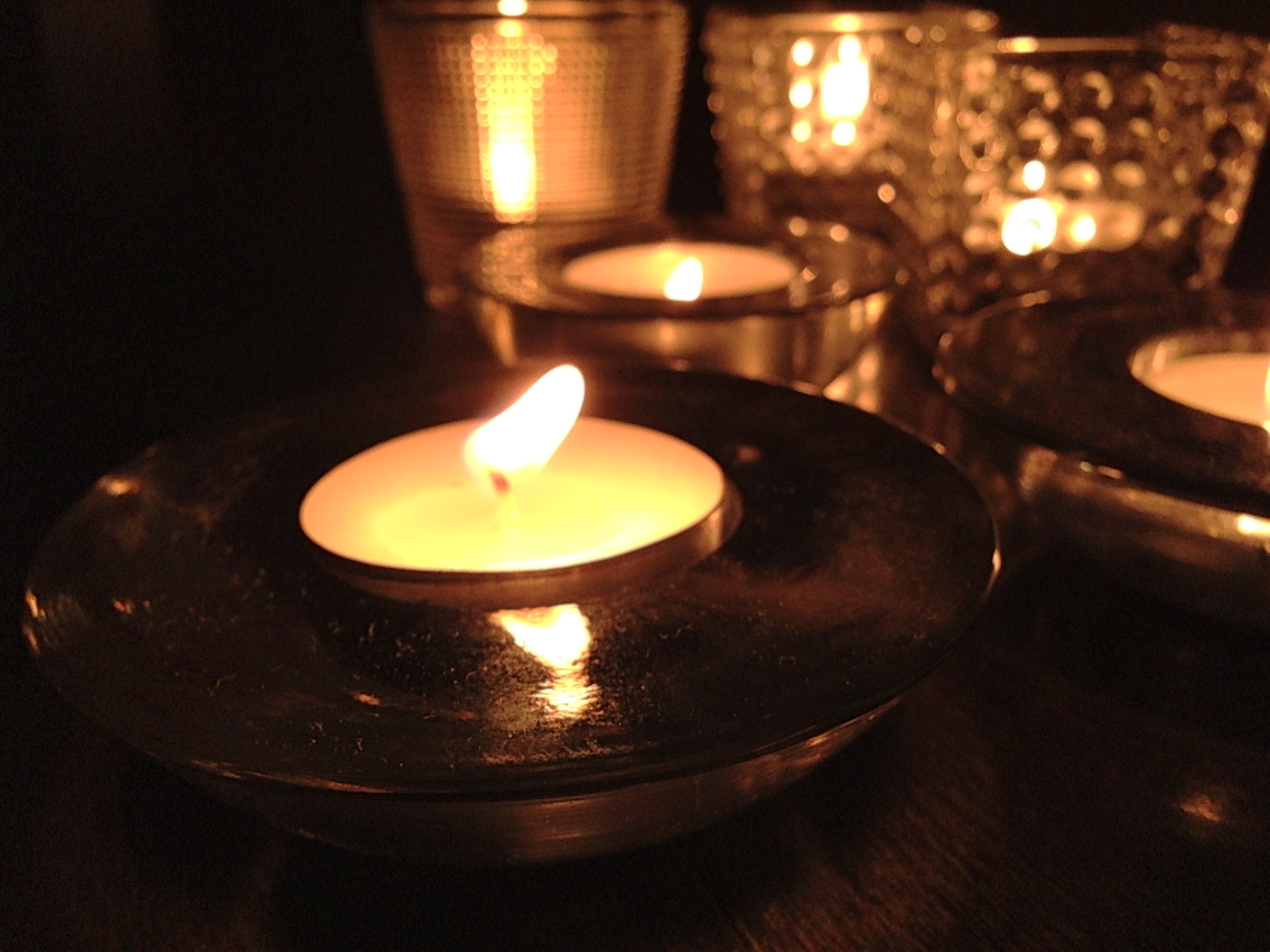Be soft in your practice. Think of the method as a fine silvery stream, not a raging waterfall. Follow the stream, have faith in its course. It will go on its own way, meandering here, trickling there. It will find the grooves, the cracks, the crevices. Just follow it. Never let it out of your sight. It will take you. - Sheng Yen

My daily home practice was flowing smoothly last fall, but once I hit January it ran right into a brick wall. I couldn't pry myself out of bed early for a bit of asana and meditation to save my life. It became, at best, a feeble weekly attempt. I hoped the season of Lent would jump start my efforts. No such luck. Daylight savings seemed like another good marker for gathering momentum, but it came and went and still I struggled. Surely the transition to spring would have an immediate effect...it to passed without significant influence. Then last week, for no particular reason, I woke up early and found my meditation practice lengthened 10 fold without any real effort. I resumed my study of the Sutras. I welcomed the ease.
We like to think we have control over most things in life. We like to think our shear will power is enough to keep any practice strong at any time. We feel guilty when we fall short, convinced we've failed. But life has a force all its own and we can not separate ourselves from the influence of all that swirls around us. Darkness - whether lack of daylight or seasons of personal struggle - can hinder the best intentions for practice. The effort to keep going can seem momentous. And that feeling of exertion can build and build until we are all but ready to give up.
We can't predict when the balance will shift back towards ease, but we can trust that at some point we will cycle back around to a more peaceful place. Our responsibility is to show up - not to be perfect, not to be the best - simply to show up. To keep some semblance of commitment going, acknowledge when it's hard, and savor the times that it's effortless.
Be soft in your practice. Think of the method as a fine silvery stream, not a raging waterfall. Follow the stream, have faith in its course. It will go on its own way, meandering here, trickling there. It will find the grooves, the cracks, the crevices. Just follow it. Never let it out of your sight. It will take you. - Sheng Yen



















